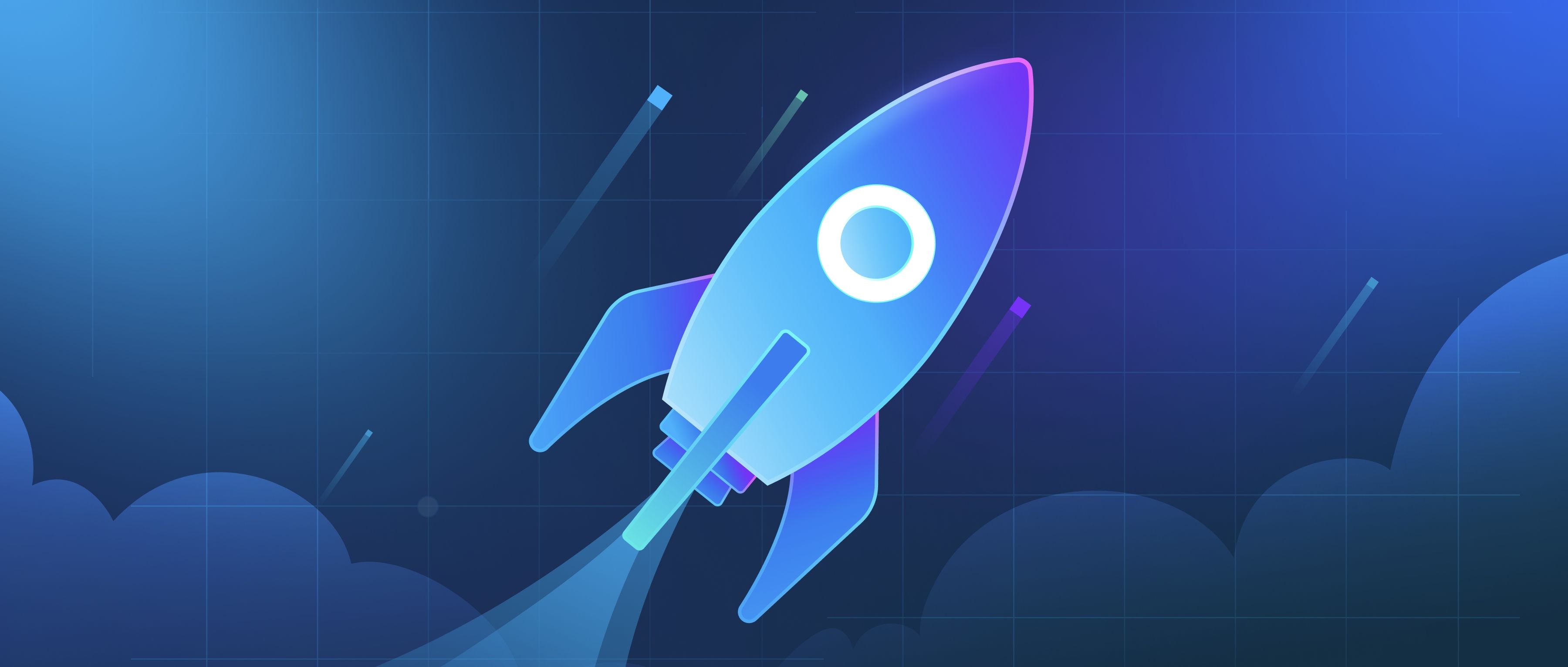Computer vision faces challenges with data dependency. Many models require large, high-quality datasets for training, which may not always be available or diverse enough to handle real-world scenarios. Bias in datasets can lead to poor performance in identifying underrepresented groups or objects. Another limitation is computational cost. Training and deploying computer vision models, especially deep learning-based ones, demand significant computational power and storage. This can limit accessibility for smaller organizations or resource-constrained devices like edge systems. Generalization remains a hurdle. Models often struggle when exposed to environments or conditions different from their training data. For instance, an object detection model trained in sunny weather may fail in foggy conditions, posing challenges for applications like autonomous driving.
What are the current major limitations of computer vision?

- The Definitive Guide to Building RAG Apps with LangChain
- Evaluating Your RAG Applications: Methods and Metrics
- Exploring Vector Database Use Cases
- Accelerated Vector Search
- The Definitive Guide to Building RAG Apps with LlamaIndex
- All learn series →
Recommended AI Learn Series
VectorDB for GenAI Apps
Zilliz Cloud is a managed vector database perfect for building GenAI applications.
Try Zilliz Cloud for FreeKeep Reading
How do you evaluate the performance of a neural network?
Neural network performance is evaluated using metrics tailored to the task. For classification, metrics like accuracy, p
How is multimodal AI applied to surveillance systems?
Multimodal AI refers to systems that can process and analyze multiple types of data, such as images, videos, audio, and
How does data governance improve regulatory reporting?
Data governance improves regulatory reporting by establishing clear rules and standards for managing data within an orga